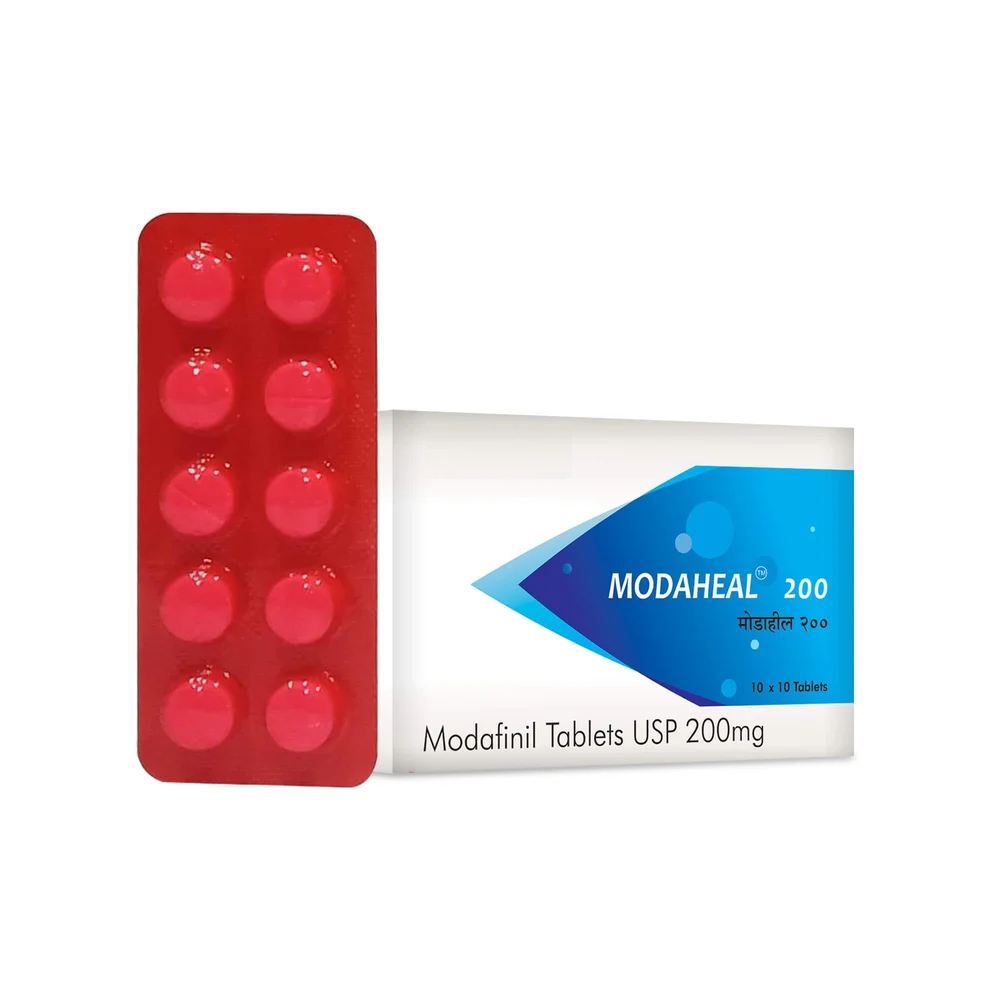
Metformin hcl 500 mg is one of the most prescribed medications for managing type 2 diabetes mellitus. As a member of the biguanide class, Metformin helps patients maintain better control over their blood sugar levels without causing significant weight gain or hypoglycemia. It is often the first-line treatment recommended after diagnosis due to its proven efficacy, low cost, and overall safety profile.
In this article, we explore how Metformin HCl works at the cellular and systemic levels to reduce blood sugar, why it’s so widely trusted by healthcare providers, and how patients can get the most benefit from it.
What Is Metformin HCl?
Metformin HCl is the hydrochloride salt form of metformin. It is an oral medication that helps manage high blood glucose by addressing insulin resistance and reducing hepatic (liver) glucose production. It is available in immediate-release and extended-release (ER/XR) forms and is used either alone or in combination with other antidiabetic drugs.
While it does not cure diabetes, it significantly improves glycemic control and reduces the risk of complications when used consistently with lifestyle changes.
How Does Metformin HCl Lower Blood Sugar?
Metformin works through several key mechanisms, primarily targeting the liver, muscles, intestines, and fat tissue. Below are the main ways it helps lower glucose levels:
1. Suppresses Liver Glucose Production (Gluconeogenesis)
One of Metformin’s most important actions is its ability to inhibit gluconeogenesis—the process by which the liver produces new glucose, especially during fasting periods.
-
In individuals with type 2 diabetes, the liver tends to release excess glucose even when it’s not needed.
-
Metformin reduces this output by activating an enzyme called AMP-activated protein kinase (AMPK), which acts like a cellular energy sensor.
-
AMPK slows down metabolic processes that generate glucose, leading to lower blood sugar levels, particularly fasting blood glucose.
2. Increases Insulin Sensitivity in Muscle and Fat Tissues
Metformin improves the body’s response to insulin by making peripheral tissues (such as muscle and adipose tissue) more sensitive to it.
-
This means that more glucose can be taken up from the bloodstream into cells where it’s used for energy or stored.
-
This process significantly reduces post-meal blood sugar spikes and overall glucose levels.
3. Decreases Intestinal Glucose Absorption
Metformin also slows the absorption of glucose in the intestines, although this effect is modest compared to its actions in the liver and muscles.
-
It helps reduce postprandial (after eating) blood sugar levels.
-
This may also contribute to the mild gastrointestinal side effects some patients experience (e.g., bloating, diarrhea).
4. Supports Weight Management
While not a weight-loss drug, Metformin is weight-neutral and sometimes leads to modest weight loss in overweight individuals.
-
This is partly due to improved insulin sensitivity and reduced appetite, though the exact mechanism remains unclear.
-
By preventing weight gain, Metformin indirectly improves blood sugar control over time.
How Quickly Does Metformin Work?
-
Initial effects on blood glucose can be seen within 48–72 hours after starting treatment.
-
Full benefits may take 2 to 4 weeks, especially when using extended-release formulations.
-
Consistency in dosing and lifestyle habits (diet/exercise) plays a big role in the speed and effectiveness of Metformin therapy.
Who Benefits Most from Metformin?
Metformin is especially beneficial for people with:
-
Type 2 diabetes
-
Prediabetes
-
Polycystic Ovary Syndrome (PCOS)
-
Insulin resistance syndrome (metabolic syndrome)
It is also being explored for off-label uses in aging, cancer prevention, and fatty liver disease due to its insulin-sensitizing and anti-inflammatory properties.
Dosage and Administration
Metformin is available in various doses, typically ranging from:
-
500 mg to 1000 mg per tablet, taken 1–3 times daily
-
Maximum recommended dose: 2000–2500 mg/day, depending on formulation and individual tolerance
Tips for Optimal Use:
-
Take with food to minimize gastrointestinal side effects.
-
Start with a low dose and gradually increase to improve tolerability.
-
Extended-release (ER/XR) forms can help reduce stomach upset.
Metformin and Hypoglycemia: A Lower Risk
Unlike sulfonylureas or insulin, Metformin does not cause hypoglycemia when used alone because it does not increase insulin production.
However, hypoglycemia can occur when Metformin is used in combination with other antidiabetic drugs, particularly insulin or insulin secretagogues.
Side Effects of Metformin
While generally well-tolerated, Metformin can cause:
-
Gastrointestinal discomfort (bloating, nausea, diarrhea)
-
Metallic taste
-
Vitamin B12 deficiency with prolonged use
-
In rare cases, lactic acidosis, a serious but uncommon complication
Lactic Acidosis:
This condition is extremely rare (less than 1 in 100,000 patients) but can be life-threatening. It’s more likely in people with:
-
Severe kidney disease
-
Liver failure
-
Heart failure
-
Alcoholism
Monitoring kidney function is essential before and during treatment.
Metformin and Kidney Health
Since Metformin is excreted through the kidneys, patients with kidney impairment may need dose adjustments or alternative therapies.
Doctors typically monitor kidney function using eGFR (estimated glomerular filtration rate), and Metformin is usually avoided if eGFR falls below 30 mL/min/1.73m².
Combining Metformin with Lifestyle Changes
Metformin works best when combined with:
-
A balanced diet rich in whole grains, vegetables, lean protein
-
Regular physical activity (at least 30 minutes/day)
-
Weight loss if overweight
These lifestyle changes amplify Metformin’s effects and may even delay or prevent the progression of prediabetes to type 2 diabetes.
Conclusion: A Reliable Partner in Blood Sugar Control
Metformin HCl remains a cornerstone of type 2 diabetes treatment because of its multiple actions:
-
Reduces liver glucose production
-
Improves insulin sensitivity
-
Minimizes intestinal glucose absorption
-
Helps maintain or reduce body weight
When used properly and combined with a healthy lifestyle, Metformin not only helps lower blood sugar but also reduces the risk of diabetes-related complications such as heart disease, nerve damage, and kidney failure.
Its long track record, safety profile, and broad benefits make it an ideal starting point—and often a lifelong therapy—for many individuals living with type 2 diabetes.







